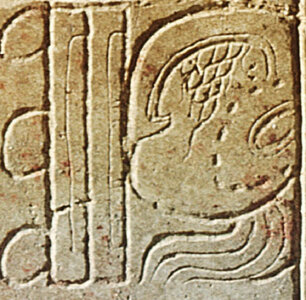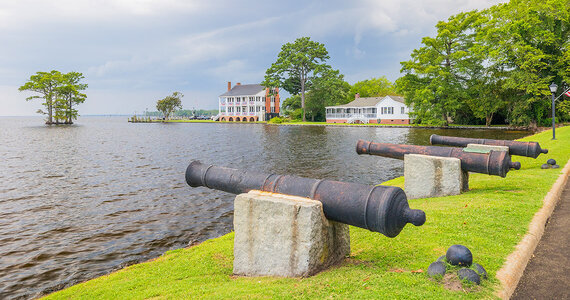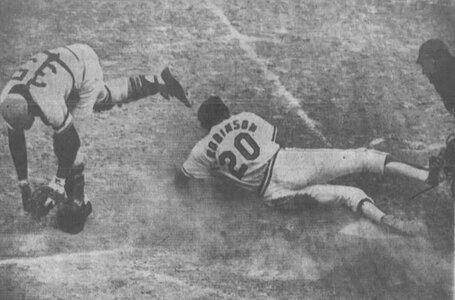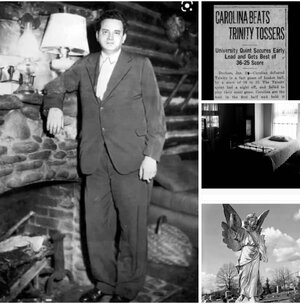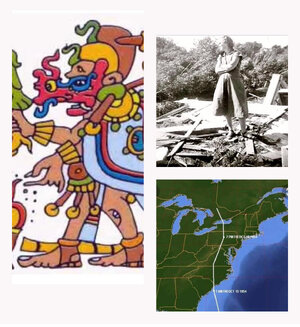
A version of this chronicle was posted earlier.
&&&&&&&&&&&
Walking through the pastures and woods on my Grandpa’s farm where my Deddy grew up and kept his cows there were always great giant trees uprooted and stretching catywampus horizontal to the ground. They had been felled by a great wind while healthy and the way that their roots were exposed created openings into the dark, damp underworld. Lots of times I’d jump onto them and run up the inclined trunks until I was in what was once the treetops, now only a few feet from the ground. Deddy would just say, “Hazel.”
Hurricanes were the biggest force of nature that visited #DeepChatham. It only snowed occasionally and everything pretty much came to a halt for a couple of days until it melted. The lay of the land was nothing drastic so floods weren’t a threat. We had no mighty rivers to overflow. Forest fires don’t much lend themselves to the landscape as it exists today. Maybe once. There did used to be lots of fire observation towers. I don’t notice them as much anymore. Perhaps a young boy’s dreaming made me fix on them. Maybe satellites took them out of the equation. An ice storm could wreak some havoc with electricity and already foolish fairly reckless driving habits - that’s for sure. Heat wave? Pretty normal. Cold snap? The word ‘snap’ says it all. Hurricanes were IT.
The word Hurricane comes to English from the Maya people of Yucatán, southern Mexico, and Central America. Huracán is a creator god and associated with the elements of nature, especially wind. The word and the deity, which can also be spelled Hurakán, appears to come first to language among the K’iché Maya of the highlands of Guatemala. I suspect that supernatural spirit has inhabited the hearts and minds of the people of the Caribbean, Central America, the Gulf Coast — and our own Hurricane Alley home for millennia.
If you know me very well you know that Guatemala is a very beloved place to me. I have spent months and years living there and have dedicated my life’s work to researching and bringing to students in North Carolina the history of that region and the people whose roots run so deeply there. You also know many of those folks have joined us in North Carolina in the years since Hazel. Touchstones.
Hurricanes are embedded in my life and the very essence of things in this part of the world writ large. My parents lost an #OakIsland #LongBeach house when Hazel hit in ‘54. That humdinger of a storm made landfall on October 15 (and 16)which is, coincidentally, mine and Leah’s wedding day. When my Deddy was walking down the aisle with me as my Best Man, he looked over at me and simply said, “Anniversary of the day Hazel hit.” Some things stick with a person forever.
Chathamites I was raised up around all had Hazel Stories. In those days science was less advanced, predictive powers minimal, and school children were caught, buffeted about in buses as the late call to head home meant busted emergency protocols all around. Workers had to make their way over dangerously flooded roads when the word went out down at the mill to go home. My parents told of hunkering down in our Hardware Store, a sturdy brick building, but most importantly one mainly isolated from trees. There were survivor stories - those who don’t tell no tales - that modern research and technology spare us from experiencing today. These are new-fangled things for which we should be thankful. Times to recollect but not to revisit.
#OnThisDay (October 15 and 16) we remember Hurakán Hazel even if we weren’t around in 1954.
